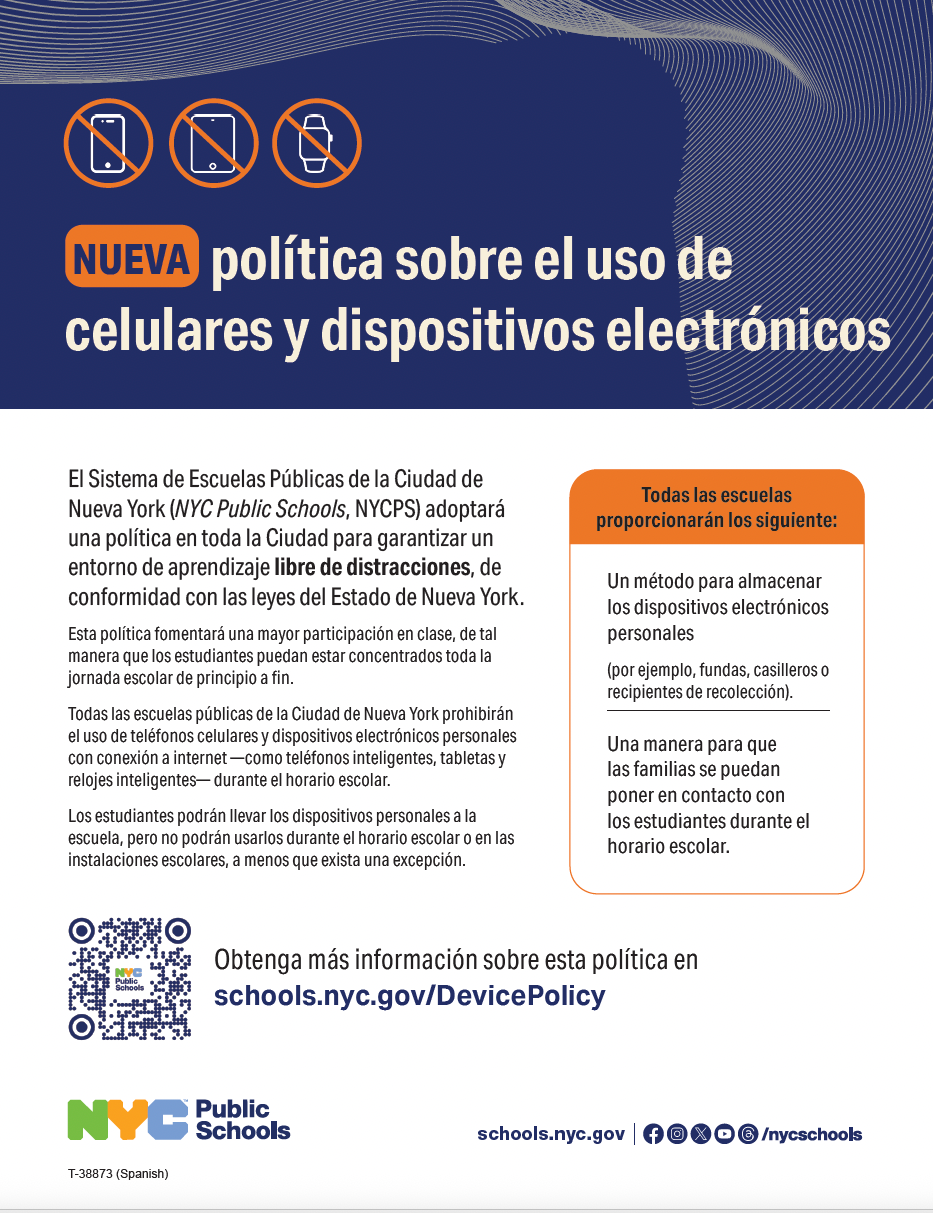The Importance of Warm Clothing for Elementary Students During Cold Weather
- Taren Tanner

- 8 hours ago
- 3 min read
When the temperature drops, elementary students face more than just the challenge of staying focused in class. Cold weather can affect their health, comfort, and ability to learn. Wearing warm clothing is essential to protect young children from the risks of cold exposure and to help them stay active and engaged throughout the school day. This post explains why warm clothing matters for elementary students now, offers practical tips for parents and caregivers, and highlights the benefits of dressing properly for cold weather.

How Cold Weather Affects Elementary Students
Children are more vulnerable to cold temperatures than adults. Their bodies lose heat faster because they have a higher surface area to volume ratio and less body fat. This means they can get cold quickly, especially if they are not dressed properly. Cold exposure can lead to:
Hypothermia: A dangerous drop in body temperature that can cause confusion, fatigue, and in severe cases, require emergency care.
Frostbite: Damage to skin and tissues caused by freezing, often affecting fingers, toes, ears, and nose.
Weakened immune system: Prolonged cold exposure can make children more susceptible to colds, flu, and other infections.
Discomfort and distraction: Feeling cold can make it hard for students to concentrate on lessons or enjoy outdoor activities.
Because elementary students often spend time outside during recess or walking to and from school, warm clothing is crucial to keep them safe and comfortable.
What Warm Clothing Should Elementary Students Wear?
Dressing in layers is the best way to stay warm. Layers trap heat and allow children to adjust their clothing if they get too hot or cold. Here are key clothing items to consider:
Base layer: Lightweight, moisture-wicking fabric like thermal underwear or long-sleeve shirts to keep skin dry.
Middle layer: Insulating materials such as fleece or wool sweaters to retain body heat.
Outer layer: Waterproof and windproof jackets and pants to protect against rain, snow, and wind.
Accessories: Hats, gloves or mittens, scarves, and warm socks are essential to protect extremities.
Parents should choose clothing that fits well but allows freedom of movement. Avoid cotton as a base layer because it holds moisture and can make children colder.
Practical Tips for Parents and Caregivers
Helping children dress warmly requires some planning and preparation. Here are some useful tips:
Check the weather forecast daily to decide what layers are needed.
Label clothing to avoid mix-ups at school or daycare.
Pack extra gloves or hats in backpacks in case the first pair gets wet or lost.
Encourage children to wear boots with good insulation and traction to prevent slips and keep feet dry.
Teach children to recognize signs of being too cold, like shivering or numb fingers, so they can ask for help or add layers.
Involve children in choosing their warm clothes to make dressing more fun and encourage responsibility.
Schools can support this by allowing flexible outdoor playtime and providing warming areas if possible.
Benefits of Wearing Warm Clothing for Learning and Play
When children are warm and comfortable, they can focus better in class and enjoy physical activities outside. Warm clothing helps:
Maintain energy levels by reducing the body's need to burn calories to stay warm.
Improve mood and behavior since discomfort from cold can cause irritability or fatigue.
Support physical health by preventing cold-related illnesses.
Encourage outdoor play, which is important for social skills, physical fitness, and mental well-being.
Parents who invest in quality warm clothing help their children get the most out of the school day, both academically and socially.

Final Thoughts on Keeping Elementary Students Warm
Cold weather is a challenge for young children, but it does not have to limit their learning or play. Dressing elementary students in warm, layered clothing protects their health and helps them stay active and focused. Parents and caregivers can make a big difference by preparing the right clothes and teaching children how to dress for the cold. Schools and communities can also support these efforts by recognizing the importance of warm clothing and safe outdoor environments.







Comments